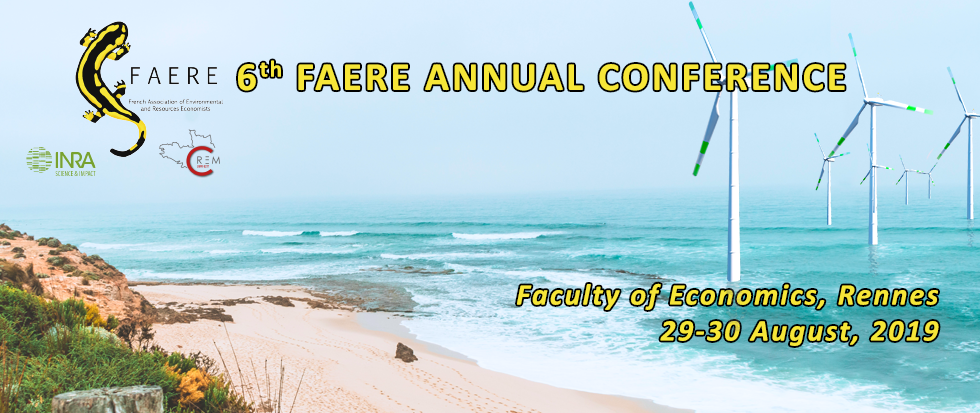This paper examines the optimal adaptation to climate change by SIDS. First we provide anecdotal and empirical support to the assumption that SIDS have two main adaptation solutions: migration and infrastructure provision. Then, we model a dynamic problem that incorporates the following ingredients. Changes in the population size, and related size of the population of emigrants, are only driven by migration decisions. Emigrants send remittances back home. Local production uses labor and the natural capital, which is degraded as a result of climate change. Investing in infrastructure is a mean to slow down this process. Solving for the intertemporal optimization program, we show that there exist two mutually exclusive development paths with different features. The first one has only the migration policy operative, and the dynamical system brings the SIDS to a state in which natural assets are seriously degraded and population is low. Along the second path, the government implements both adaptation policies. In the end, the SIDS manages to stabilize natural assets to a constant and higher level than in the former case. As a result, the population size is larger. We identify a critical condition on the fundamentals that determines which path is optimal, and discuss our results.



